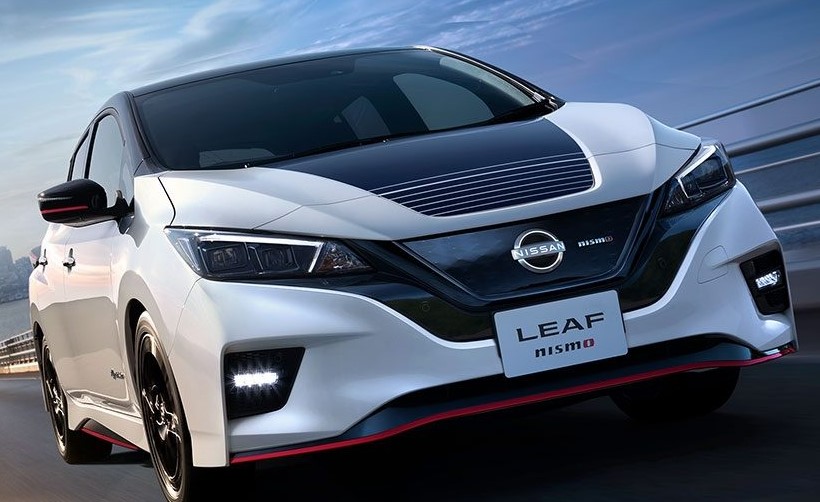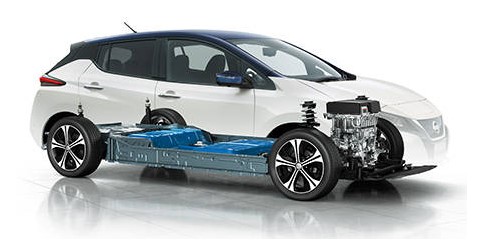
The Nissan Leaf is an all-electric vehicle (EV) produced by Nissan. It has been a popular electric car worldwide, including in the Japanese market. Over the years, Nissan has introduced several model versions and updates for the Nissan Leaf. Here are some notable versions:


1. Nissan Leaf (First-generation Nissan Leaf ZE0 series (2010-2017)):
– Released in 2010 as Nissan’s first mass-market electric car.
– Initial models had a range of approximately 117 km per charge.
Body Type: Hatchback
Seating Capacity: 5 persons
Drive System: Front-wheel drive (FF)
Body Size: 4445 × 1770 × 1545mm (length × width × height)
Interior Size: 2080 × 1460 × 1185mm (interior length × interior width × interior height)
– Several updates were introduced during the first-generation model’s production, including improvements in battery capacity and range.
This is not a popular export model anymore.


2. Nissan Leaf (second generation):
– Introduced in 2017 as a significant redesign.
– Notable changes included a more modern exterior design and an upgraded interior.
– Improved battery capacity and range, with different battery options available (e.g., 40 kWh, 62 kWh).
– Enhanced technology and features, such as ProPILOT Assist for semi-autonomous driving and e-Pedal for one-pedal driving.Body Type: Hatchback
Seating Capacity: 5 persons
Drive System: Front-wheel drive (FF)
Body Size: 4480 × 1790 × 1540mm (length × width × height)
Interior Size: 2030 × 1455 × 1185mm (interior length × interior width × interior height)
Tire Size: (Front) 205/55R16 91V, (Rear) 205/55R16 91V
3. Nissan Leaf e+:
– Released in 2019 as an extended-range version of the second-generation Leaf.
– Featured a larger 62 kWh battery pack for increased range (over 360 km or 225 miles per charge, WLTP cycle).
– Other enhancements included a more powerful electric motor and improved acceleration.
Huge export demand but shipping issues!
In early 2022, a fire on the RORO ship Felicity Ace was deemed due to the lithium batteries catching fire to new electric vehicles. The aftermath of this event is both RORO lines as well as container shipping lines refuse to ship used electric vehicles out of Japan. Apart from the exception of RORO shipping used electric vehicles to New Zealand and Australia, other shipping lines refuse to touch these vehicles, very unfortunately!